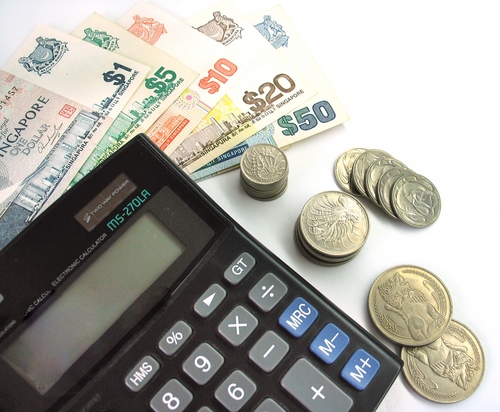
Can Singapore dispel the Eurozone recession?
AsiaPac economies are seen to have considerable scope to use both fiscal and monetary policy to limit the extent of any slowdown, says Ernst & Young.
In a release, Marie Diron, Senior Economic Adviser to the Ernst & Young Eurozone Forecast, commented: “The evidence that uncertainty, due to continued policy procrastination, is having a negative impact on business and consumer sentiment has caused us to revise down our expectations for Eurozone growth in 2012 and 2013. We have marginally reduced our 2012 growth forecast from -0.5% to -0.6% and cut our 2013 growth forecast more materially from 0.9% to 0.4%.
A worse-than-expected Eurozone economy will clearly have an adverse impact on prospects for the Asia-Pacific region. With the main economies in Asia already having slowed over the past six months, in part due to earlier tightening of monetary policy to counter inflation fears, weaker demand in Europe will weigh further on their export prospects in 2012 and 2013. With 20% of their exports going to the EU, both China and India will suffer, as will other leading exporters in the region including South Korea, Thailand and Taiwan.
The continued high level of financial market stress stemming from the sovereign debt crisis in the Eurozone will continue to deter global capital flows and FDI to the emerging markets in general, putting further pressure on their balance of payments. Although banks in Asia and credit conditions generally may not be directly affected by Europe’s mounting banking sector problems and the need for recapitalization, there will be knock-on effects that will slow credit growth in some Asian markets.
Asia-Pacific governments and monetary authorities are unlikely to sit back idly and watch their economies slow sharply. They have considerable scope to use both fiscal and monetary policy to limit the extent of the slowdown and will not hesitate to act if necessary. Indeed, a number of countries in the region are already in the process of relaxing monetary policy, and we expect them to ease policy further.
For example, the People’s Bank of China has cut the share of deposits that banks must set aside by half a percentage point on three occasions since November 2011. This easing of credit conditions has already started to have an impact on lending. In the three months to May, net lending increased at its fastest pace since July 2009. 3
Moreover, early June saw China’s first interest rate cut since 2008. Chinese inflation is no longer the concern it was in last summer when it remained above 6% for four months running. Chinese headline CPI inflation has fallen from 4.5% at the start of the year to 3.0% in May. Consequently, inflation is not a barrier to further policy easing.
The expected slowdown in the two major Asian giants, China and India (now seen growing by about 7.5% and 5.7% respectively in 2012, down from around 9.2% and 7.5% in 2011), will affect other countries in the region, dampening their exports and weighing on business and consumer confidence. But commodity prices are likely to remain relatively high in real terms, helping to support activity and state spending in many of the region’s economies despite the adverse effect on consumer demand.
The continued strength of domestic demand in many of the economies should help to partially shield the Asia-Pacific region from the threat of recession in Europe, especially if demand continues to hold up reasonably well in the US and other parts of the world such as Latin America and Africa, both of which have increasing trade and investment links with Asia.
Given these conflicting forces, GDP growth in emerging Asia overall is forecast to be 6.2% in 2012, down from 7.4% in 2011, and a rebound to about 7.3% is forecast for 2013 as the slow recovery expected in the Eurozone and stronger growth in the US help to bolster performance in China, India and other major economies in the region.”
























 Advertise
Advertise






